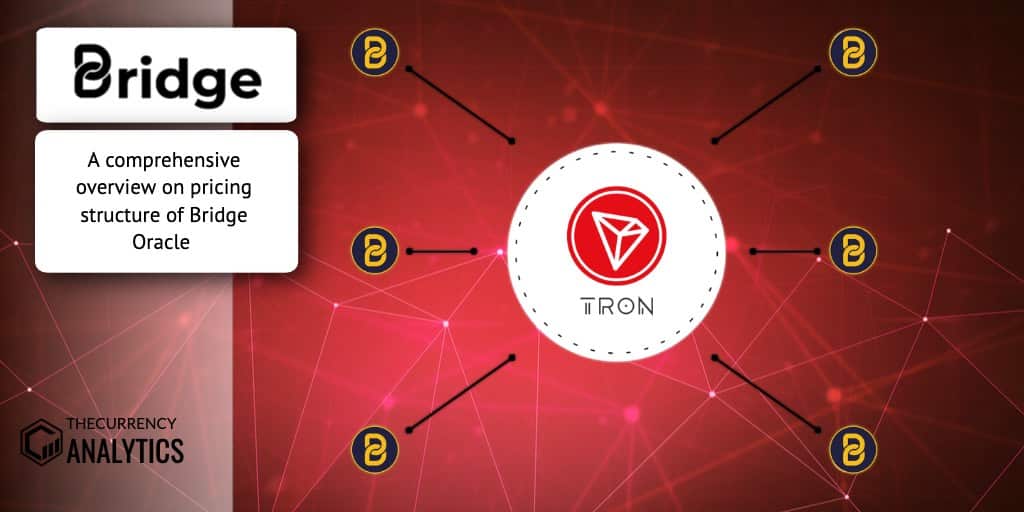
Bridge Oracle is certainly one of the most talked-about oracle systems in the current crypto space. It’s the first ever public oracle system for the TRON blockchain network, poised to scale up the growth of the leading blockchain platform. Being a public oracle, Bridge will allow many small business owners to participate in the blockchain which is expected to shoot up the user base of TRON by a huge extent. Now, Bridge oracle follows a paid service model and users have to pay a certain amount of fee to request incorporation of data in the oracle.
Payment methods
Bridge Oracle follows not one but two payment methods –
The fee will be determined based on an on-chain algorithmic calculation and once decided, will be deducted automatically from the smart contract of the user.
Calculation of payment value
It’s to note here the fee for the request (to inject data in Bridge oracle) will be based on TRX’s current value. If a user wants to pay in BRG, the immediate BRG/TRX exchange rate will be checked to calculate the BRG-based price. It calls for round-the-clock monitoring of BRG/TRX rate and Bridge oracle has deployed an advanced bot here to keep a constant track of the market rate. The bot not only monitors the exchange rate of the two tokens but also compares it with the rate that has been injected into the pricing system of the Bridge oracle. Now, in case the difference appears to be more than 1 percent, the bot updates the price and incorporates the new rate into the blockchain. The fee for the subsequent user requests will be based on the newly updated exchange rate.
How does Bridge receive the payment?
Step 1
When a user sends a request, Bridge oracle checks the BRG token balance of his smart contract. If his token balance carries an adequate amount to pay the fee, the price will be extracted automatically.
Step 2
If the user doesn’t have sufficient funds in BRG token balance, Bridge oracle will check the TRX balance of his smart contract. If there is sufficient balance for the fee, the payment will be extracted automatically.
But, if the user contract doesn’t have an adequate fund in both BRG and TRX balance, his request will be cancelled.
This is to note here, BRG-based payments carry discounts and hence are more affordable compared to TRX payments.
The Pricing structure
The pricing structure here comprises of three main parts-
“Query Price = Cost of Query Type + Query Fee Limit + Maximum Bandwidth Price”
Query price
The “Cost of Query Type” segment refers to the price of queries from data source or oracle type. It’s to note here the “Cost of Query Type” section constitutes the main price of using Bridge oracle services.
Again, this segment comprises of two parts-
Base Price × Multiplier
The Base price is designed to determine the cost of Bridge services. Multiplier helps to show the complexity level of a task on the basis of resource consumption. More precisely, base price refers to the unit price a user has to pay to process a request with Multiplier 1.
Query Fee Limit
This amount is paid to the blockchain to trigger a user’s contract. The amount of Query Fee limit is to be decided by users only. Query Fee limit helps to reduce the complexity level of callback function invoked by Bridge oracle.
Maximum Bandwidth
It refers to a constant amount that will be paid when Bridge oracle decides to trigger the smart contract of a user. The value of Maximum Bandwidth Price is equivalent to 0.01 TRX.

Get the latest Crypto & Blockchain News in your inbox.